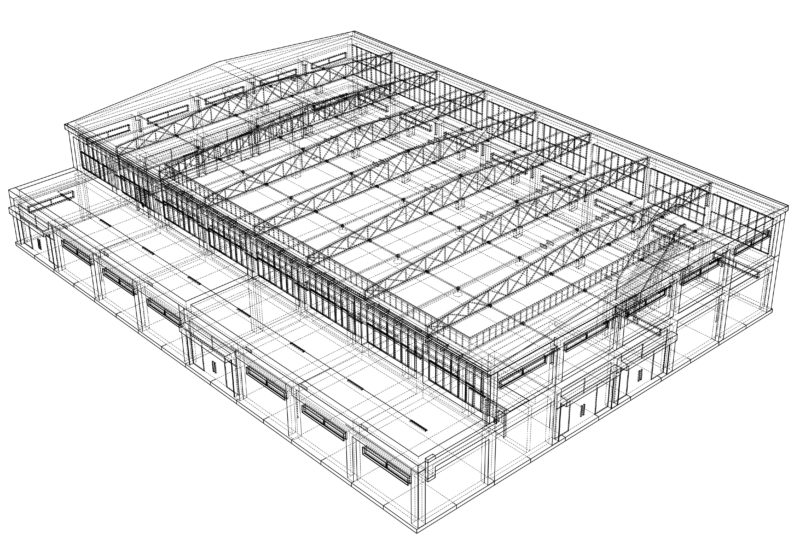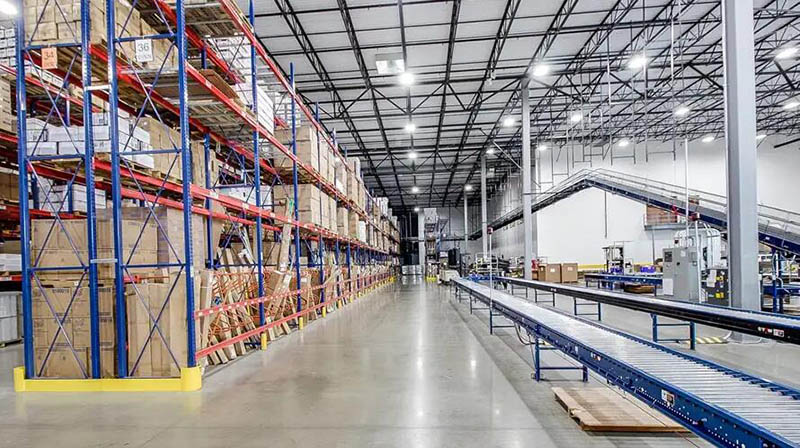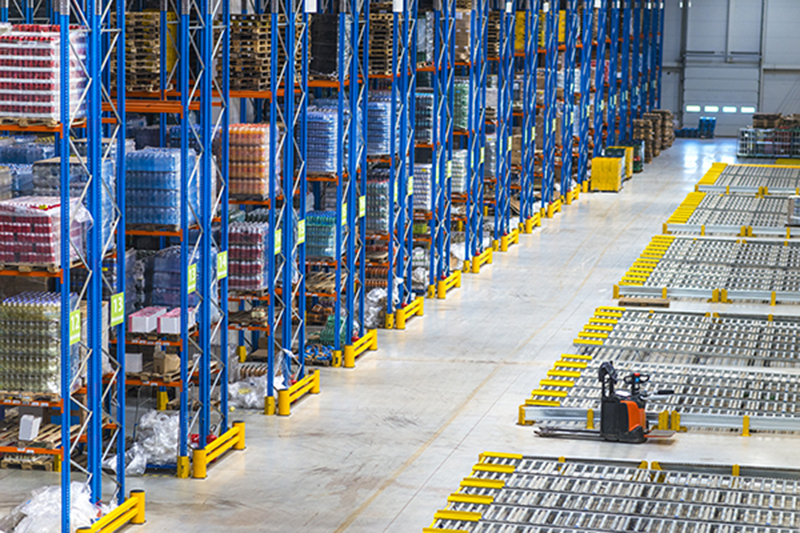Did you know that there were four tenets of warehousing design?I’m going to explain them to you and what they mean for your operation.

The first thing we we think about when we’re designing a warehouse is if for flow,this is very important because as you design a warehouse it’s critical that the flow affords the best efficiency of that operation and one of the key things that I would provide for is one way direction of flow as a general principle.
Once we’ve got that then we’re able to design the warehouse so that overall it can be efficient we try and move the goods through the warehouse as effectively as we can.
The second tenet is accessibility now by exit accessibility what I mean is that we want unfettered approach to all of the goods in the rehouse so everything needs to be accessible we don’t want stock hidden away in piles that we can’t get to we need it accessible so that all staff all forklifts all operators can go to that inventory and they can pick and pack it and move it as required.
The third tenet is capacity.This one’s very important and I’m going to spend a little bit of time on this one capacity is what you have in the warehouse you know what is the capacity what’s the gross capacity and also what is the net or the planned capacity of a warehouse they are two different things and often we see that companies make mistakes in planning for capacity so let me just show you for example if I have a chart here your graph and this is this is time on the lower graph and here I have the say it’s a 10,000 pallet warehouse 10,000 pallets now if I look at the utilization on a percentage scale we have 50% there we have a hundred percent there and we have 85 here for most warehouses if I am looking at a ten thousand gross pallet warehouse I suggest that we plan only to have in about 85 percent full so eight thousand five hundred pallets.

Now just keep that in your mind because as time goes on often it’s the case that companies will increase the pallets and move them up like this even so that there’d be beyond the hundred percent level the problem is that just approaching a hundred percent we start to about here we went into a gridlock situation and this means that the warehouse can become unproductive now if I look at for example productivity let’s put that here productivity if it’s ranging at the 85 percent guess what happens when we start to ramp up our capacity productivity starts to ramp down and what happens is we have this gap which I call the productivity deficit so what that means is there’s
lots of opportunity to improve our operation so the critical thing here
here is if you design a warehouse for 10,000 pallets generally don’t go beyond 85 percent in terms of net or planned capacity because if you do you’ll risk this productivity deficit and the gridlock situation so that’s capacity.

The last item I just wanted to cover is a traceability and this aspect is really about how you manage the warehouse in terms of systems and control it’s important that everything we do every move we make is readily traceable so we need to have the systems the operations and the procedures in place to make sure the warehouse operates so when we’re running through the design process we need to check all of these items flow accessibility capacity and traceability in the fact acronym FAC T if we’ve got all of those ticks in place then we’ve got the opportunity of having a really good warehouse in design and operation.
Post time: Apr-12-2022
